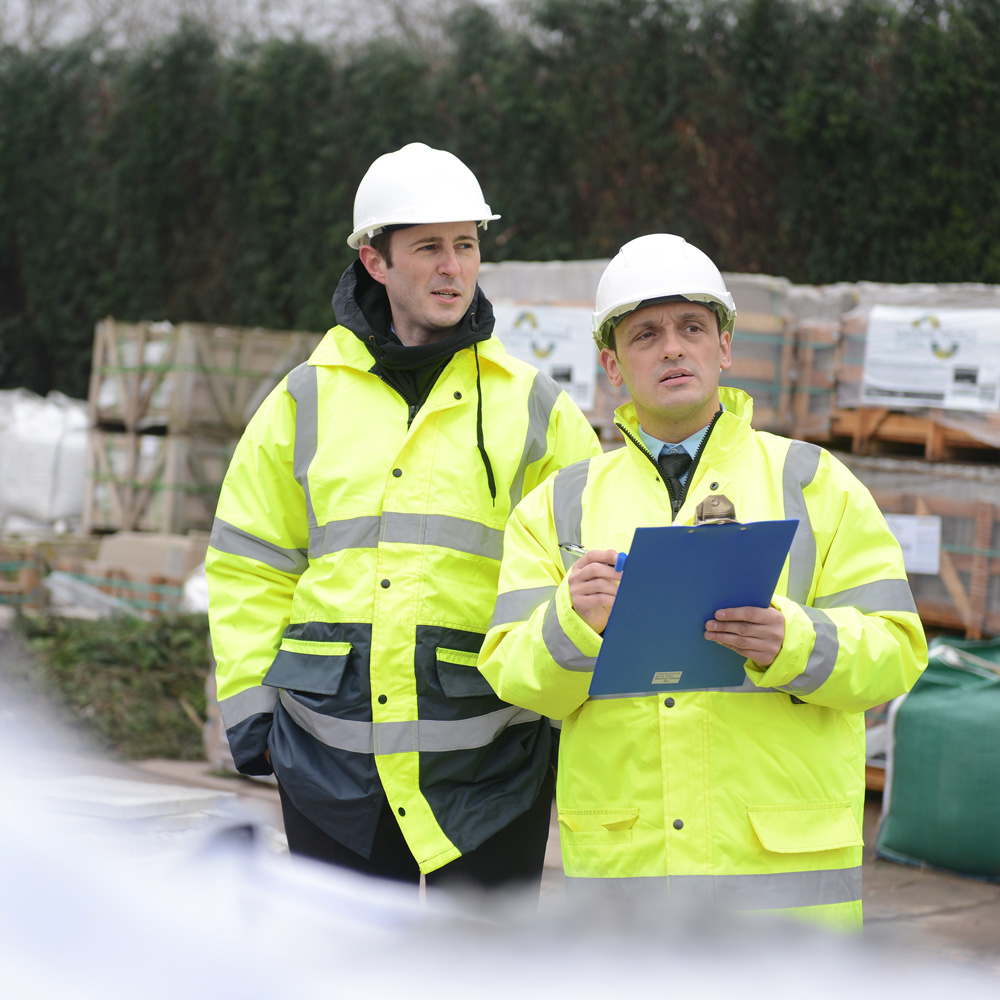Securing site safety is not an overnight process. It’s a journey. One that requires investment in time, resources and commitment every step of the way.
But it’s not one you need to make alone. We have extensive experience in helping organisations of every size and in every sector optimise both productivity and safety.
Chances are, we could help you.
But for now, here are 10 suggestions to help you kickstart that journey.
1. Focus on positive change
Define what a safety culture means for your individual organisation and set some clear safety goals.
However, instead of focusing on ‘lagging’ indicators such as accidents or near misses (things you don’t want to see), identify some ‘leading’ indicators and set targets for positive changes and behaviours you want to see more of.
2. Commitment to the cause
You set the tone.
Your commitment – or lack of it – shines through. Your attitudes, expectations and encouragement will be essential when it comes to inspiring your workforce and motivating them to change.
3. Actions over words
It may be a cliche, but actions really do speak louder than words. Safety slogans are fine, but genuine change requires resources and sometimes a change of mindset. Instead of seeing safety as a cost, appreciate it as an investment in structures and behaviours that will deliver genuine benefits, including financial rewards.
4. Making safety a top priority
Encouraging forklift operators to work fast (rather than correctly) can be counter-productive, and frequently comes at a high price in terms of injuries, damage to premises, loads and the forklifts themselves.
Often, it’s not what you say but the way that you say it.
For example, if your instruction is “You need to work safely... but I need it by lunchtime” one part of that message comes across loudest. Make a conscious effort to always place the emphasis on safety.
5. “It will never happen here”
It’s tempting to fall into the trap of assuming that, because you’ve never had an accident, you never will.
Smart and proactive organisations get ahead of the curve and look for risks that can be resolved before a serious incident occurs.
6. Engage your best resource: the workforce
There’s no substitute for interacting directly with employees on the shopfloor or in the yard, where the real work gets done. Take time to get out there and engage with your staff. Ask friendly, open-ended questions and you’ll be amazed at the insights and ideas that emerge. Those who do the job usually have the answers. Equally importantly, you’ll earn the respect of your employees, and that’s vital if you want to take them with you.
7. Encourage open reporting
Feedback from staff is precious but getting staff to speak up can be a big issue. Create an environment where constructive criticism is actively encouraged and where reporting issues is safe and guilt-free. No-one should run the risk of being ignored or, worse yet, punished for speaking out. The best safety cultures are built on transparency, integrity and fairness.
8. Empower and educate employees
In truly effective safety cultures, every employee has a working knowledge of health and safety topics. They know their stuff and feel able to call each other out when they see things going wrong. In tandem with physical measures such as improved layouts and the most appropriate equipment, the greatest impact on safety is through face-to-face communications via regular meetings, toolbox talks, etc.
9. Continuous communication
Communication is key. Keep safety alive through every available channel and make sure it is top of the list in meetings as well as when new recruits are inducted.
When everyone is involved and fully participating, the operation will operate at its most effective and its safest
10. Recognise and celebrate
Celebrate success... however minor. I’ve yet to meet an employee who doesn’t appreciate praise and redouble their efforts on the back of it. And remember, success breeds success.
And, as always, if you need any advice or guidance to help you along your journey, feel free to contact our team.




